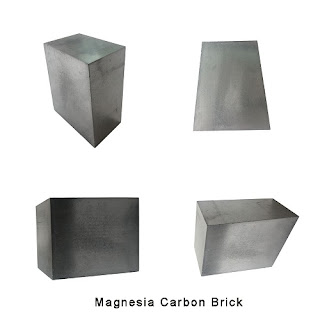1. First install the tundish nozzle block bricks to ensure that the upper plane is on the same plane, and then pour the dry material evenly into the bottom of the bag, and rammed tightly around the nozzle block bricks. Ramming layer by layer or using flat plate vibration to tamping the bottom material, the construction height of the material should be slightly higher than the upper surface of the nozzle block, which is conducive to the full contact between the tire mold and the bottom material.
2. After the package bottom construction is completed, set the tire mold into the tundish. When sitting the mold, ensure that the gap thickness between the two sides of the tire mold and the permanent layer is the same.
3. Pour the dry vibratin material evenly at different positions along the sidewall, and drag it along the tire mold with a vibrating rod while pouring to make the dry material fully exhaust and reduce the segregation of the material during the vibration of the tire mold.
4. Construction layer by layer until the dry material fills the entire gap, and the height of the dry material is higher than the height of the permanent layer.
5. Start the vibration motor in the tire mold for 5-10 seconds, and then use the auxiliary manual vibration motor to vibrate one circle along the tundish.
6. Add dry materials to fill the gaps left by vibration, and fully compact or tamping the top dry vibrating materials.
7. Ignite the burner in the tire mold for heating. The temperature of the tire mold is controlled between 200 and 300°C, and the heating time is 1 to 2 hours.
8. After the tire mold is cooled, use a crane to pull up the tire mold. When drawing the mold, prevent the working liner from being damaged.
9. Before use, directly bake on high fire for about 1 hour, and it can be used when it reaches above 1000°C.
We Changxing Refractory Material Co.,LTD is professional manufacturer and supplier of refractory materials for more than 30 years. Our high quality tundish dry vibrating mix are good sold to many countries. Shall any interests, welcome to contact us. Our team would make best to be your reliable partner!
Article Source:Construction method of tundish dry vibrating mix
Company name: Henan Changxing Refractory Materials Co.,Ltd
More refractory products:https://www.cxrefractories.com/en-product-solution
Email:info@cxrefractories.com
Website:https://www.cxrefractories.com













